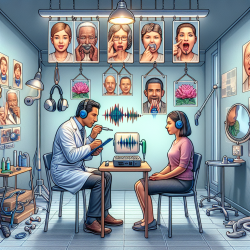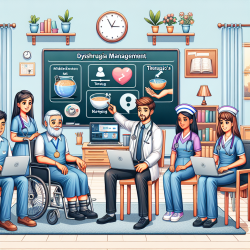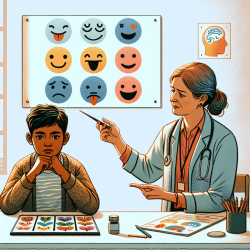Articulation therapy is a critical component of speech-language pathology, focusing on correcting speech sound errors to improve communication. With the myriad of assessment tools available, selecting one that is engaging for children while providing reliable data for clinicians can be challenging. The Structured Photographic Articulation Test (SPAT-D) emerges as a promising tool, offering a unique approach to assessing articulation skills in children aged three to nine years.
The SPAT-D utilizes 48 photographs featuring "Dudsberry," a friendly dog character, to elicit target words spontaneously. This method assesses 59 singleton consonants and consonant blends across various positions within words. The use of real-life photographs, as opposed to line drawings, not only makes the test more appealing to children but also ensures its appropriateness for a broader age range without seeming childish to older participants.
One of the key strengths of the SPAT-D lies in its comprehensive response form, which is color-coded for ease of use. It facilitates a detailed analysis of consonants according to syllabic function and manner of articulation, including a separate chart for consonant blends. This structured approach aids clinicians in identifying specific areas of need, thus allowing for targeted therapy goals. Additionally, the option to record stimulability provides further insight into the child's potential for improvement with specific sounds.
The SPAT-D has demonstrated good test-retest reliability and concurrent validity, comparing favorably with other established articulation assessments like the Goldman-Fristoe Test of Articulation. Its ability to differentiate between children with articulation disorders and those with typical skills underscores its utility as a diagnostic tool. Moreover, the inclusion of age norms, mean scores, standard deviations, percentiles, and standard scores makes it a valuable resource for justifying speech therapy services.
From a practical standpoint, the SPAT-D is notably compact and user-friendly, making it an ideal choice for itinerant speech-language pathologists. Its efficiency in administration and analysis time is particularly beneficial in situations where time is a constraint. Furthermore, the engaging nature of the photographs has been found to encourage participation from children who might otherwise be reticent to speak or label drawn pictures.
While the SPAT-D is a robust tool for assessing articulation, it is important for clinicians to complement it with other assessment methods and clinical judgment to form a comprehensive understanding of a child's speech sound abilities. Additionally, the SPAT-D can serve as a springboard for further research into articulation assessment and therapy techniques, encouraging practitioners to explore and contribute to the evolving field of speech-language pathology.
Incorporating the SPAT-D into articulation therapy offers several benefits, including engaging children in the assessment process, providing detailed information for therapy planning, and supporting the justification of speech therapy services. Its reliability and validity further affirm its value as an assessment tool. However, the ultimate success in articulation therapy lies in a personalized approach, taking into account the unique needs and interests of each child, and employing a variety of strategies to foster communication development.
For speech-language pathologists seeking to enhance their articulation therapy practices, the SPAT-D represents a valuable addition to their assessment toolkit. Its child-friendly approach, combined with its detailed analytical capabilities, makes it an effective tool for identifying articulation needs and planning targeted interventions. As we continue to strive for excellence in speech therapy, resources like the SPAT-D play a crucial role in advancing our understanding and treatment of speech sound disorders.
To read the original research paper, please follow this link: Structured Photographic Articulation Test.










